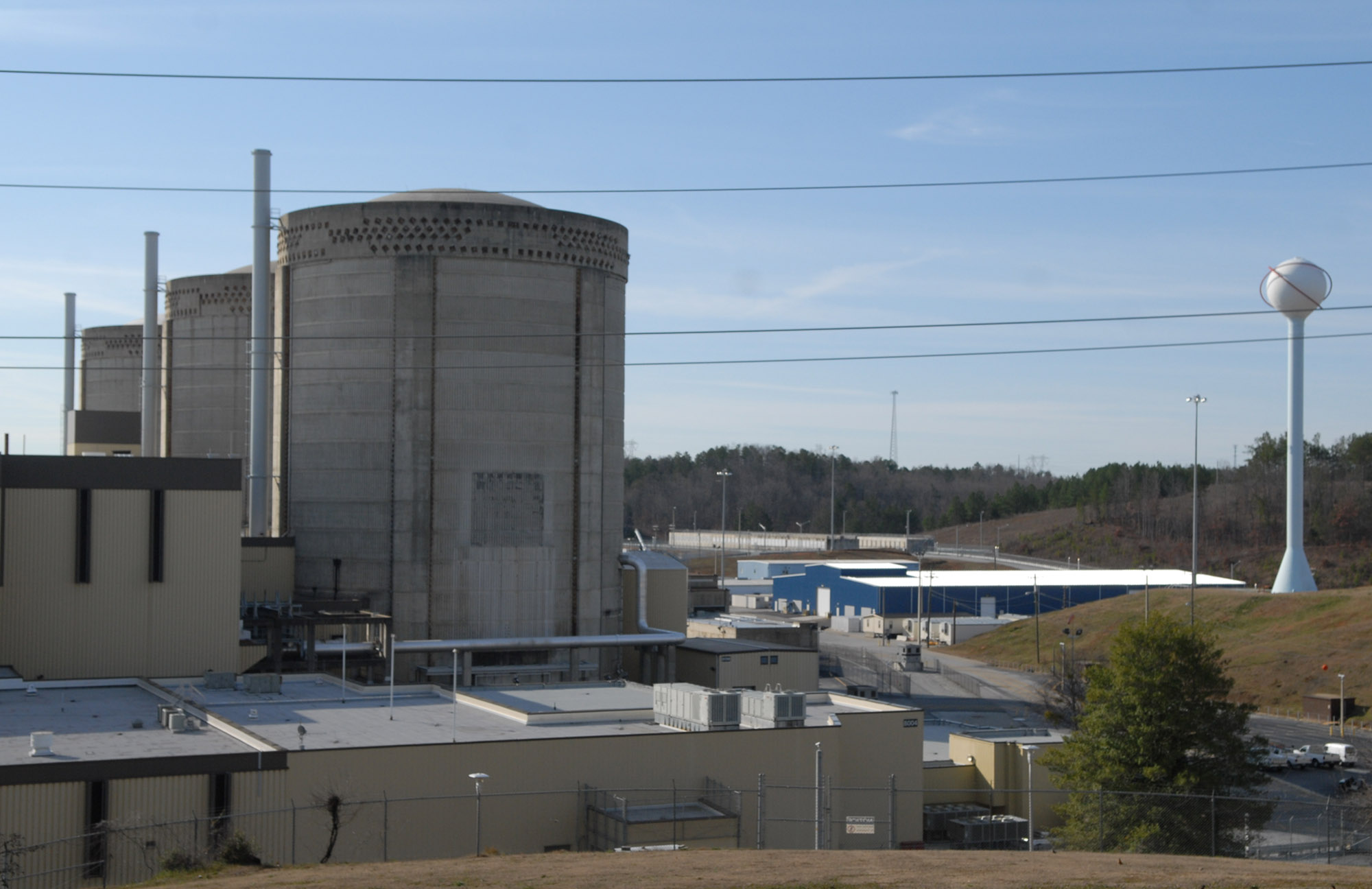![OCONEE NUKE.jpg[ID=13445055] ID=13445055](http://www.gannett-cdn.com/-mm-/c062351cf7c593bf916983cde3bf21b424d1bb40/c=352-0-1648-1296/local/-/media/Greenville/2014/08/13/oconeenuke.jpg) Nuclear regulators have cited Duke Energy for a lapse in safety after an undetected crack caused one of the Oconee Nuclear Station's three reactors to shut down.
Nuclear regulators have cited Duke Energy for a lapse in safety after an undetected crack caused one of the Oconee Nuclear Station's three reactors to shut down.
The station — 30 miles west of Greenville on Lake Keowee — will be placed under heightened scrutiny by the U.S. Nuclear Regulatory Commission, and the violation is considered "escalated enforcement action," the NRC said Wednesday in a violation notice.
"Duke Energy has taken initial corrective actions at the Oconee plant, and the supplemental inspection is an important step in helping us ensure the plant continues to operate safely," Victor McCree, NRC regional administrator, said in a statement.
The NRC has given Duke an opportunity to appeal the decision, which was made after a regulatory conference two weeks ago, but "there are no plans to appeal," Duke spokeswoman Amanda Dow said.
"We respect the NRC's decision," Dow said. "We appreciate that they allowed us to present our perspective of the issue."
The station's 40-year-old Unit 1 reactor was forced to shut down last November after a radioactive leak was found, resulting from a crack in the high pressure injection system.
The crack was promptly repaired and the station deemed to be operating safely, Dow said.
"There was no immediate safety concern because the crack was repaired," the NRC said in a statement, "but the NRC determined that the method used by the plant to check for cracks did not provide acceptable coverage and did not identify the crack before it began leaking."
The company was cited with a "white finding." The NRC uses a color-coded system to assess regulatory performance at nuclear plants — ranging in increasing severity from green to white to yellow to red.
A white finding is considered to be of low-to-moderate safety significance.
The finding will result in a supplemental inspection by regulators.
Tom Clements, director of the nuclear watchdog group Savannah River Site Watch, said that the NRC's action was significant and a good sign regulators are taking the safety lapse seriously.
"As it is unusual for the NRC to make even a white finding, I find it encouraging that the NRC has held Duke responsible for a matter of safety significance and not swept the issue under the rug," Clements said.
In its notice to Duke, the NRC said that it agreed with only part of Duke's assessment of the crack.
In a conference July 31 in Atlanta, the station's top leadership accepted responsibility for safety violations that let the crack to go undetected for years, though they stopped short of agreeing with the NRC on the severity of lapse in oversight.
"There's no doubt we missed the bar," Preston Gillespie, senior vice president for Duke Energy's nuclear operations, told regulators.
In June, the NRC issued a notice to Duke of an "apparent violation" that had a safety significance of "greater than green" and ordered the conference to hear from Duke before making a final determination on the severity of the penalty.
Duke representatives argued that the violation was one of "very low safety significance" and presented information from its engineers and private consultants to make a case for a lesser penalty.
The company's presentation revealed that it had changed its inspection procedures in 2004 in such a way that it couldn't detect the flaw in a weld in its "high-pressure injection system," which is used to help cool the reactor in case of an emergency.
The crack wasn't revealed until the leak was first detected on Nov. 8, according to the presentation, and the unit was shut down.
A report by an independent consultant determined that the crack was slow-forming and not a risk to fail suddenly. The crack occurred in a weld that struggled to withstand vibration in the injection system, according to the Duke presentation.
The November crack is the second apparent violation the company has faced in the past year, when regulators threatened civil fines for the company's repeated missed deadlines in updating fire-protection standards at Oconee.
The agency declined to impose civil fines but ordered Duke to adhere to a strict deadline to update protection standards by November 2016.
In 2010, the NRC approved Duke's plan to implement new fire-protection measures and gave the company two years to complete them.
In summer 2012, Duke asked for an extension until the end of 2014, then four months later asked for another extension to the end of 2015.
The NRC declined to grant the extension and ordered a November 2016 completion.
The company said it is on target to meet that deadline.


